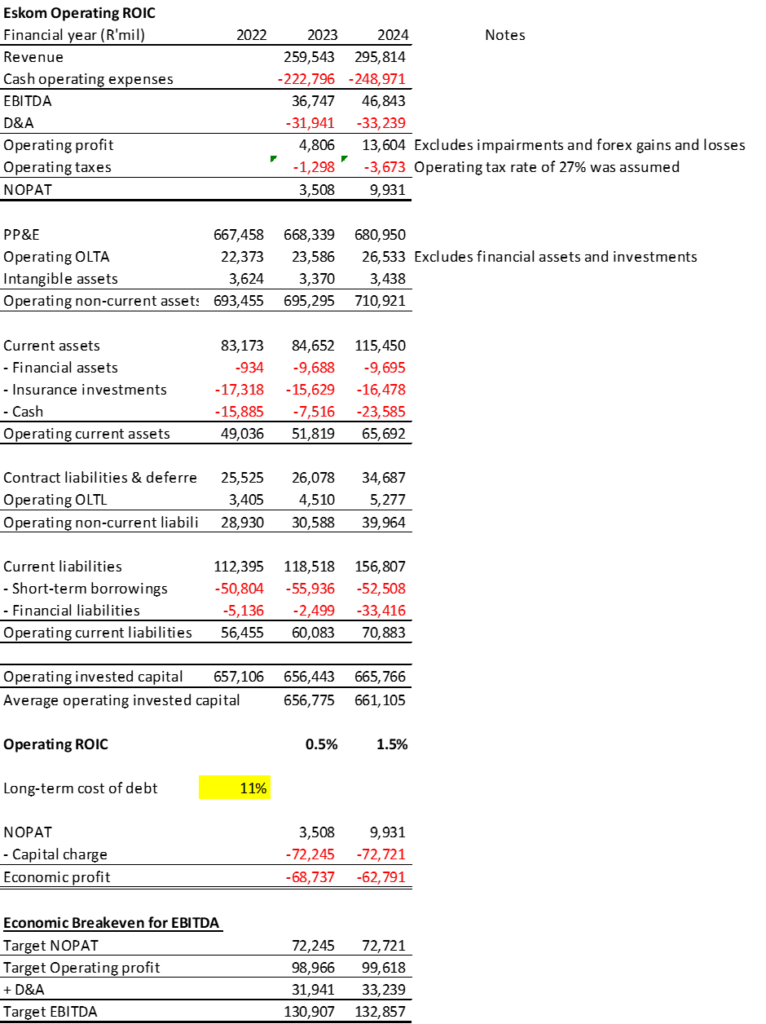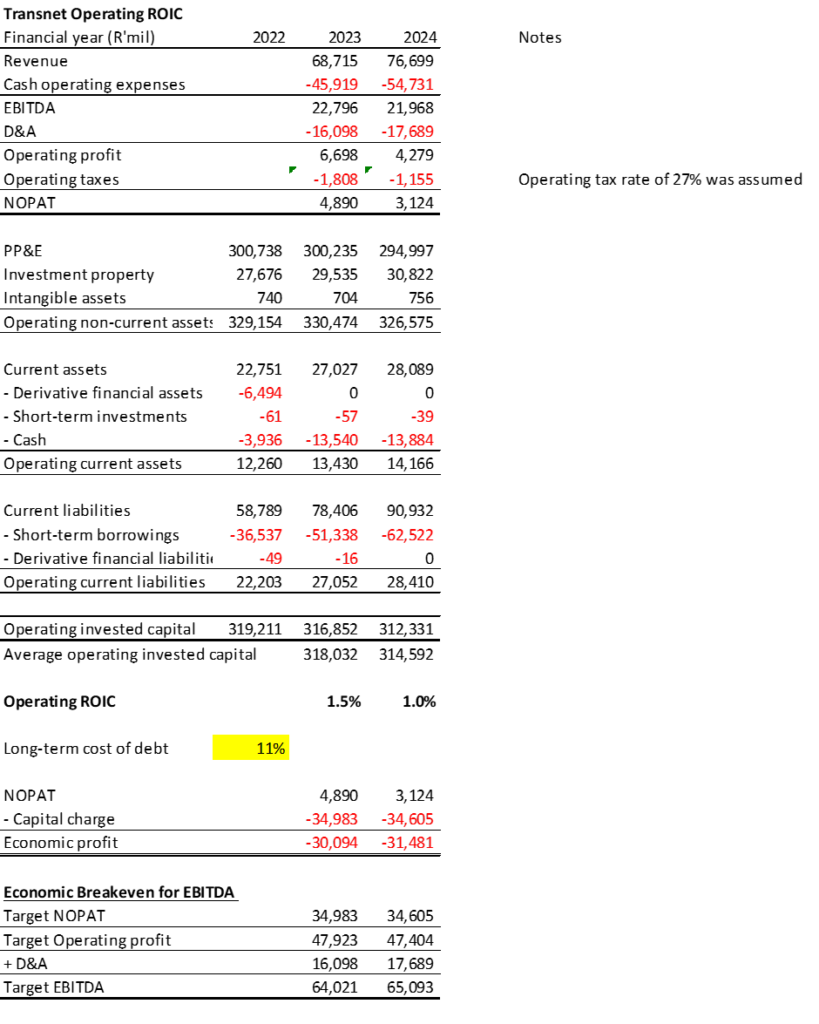Any failure of a country or community to escape poverty makes the incentive of the poor to migrate to the richer parts of the world that much stronger. Poverty also means rapid growth in populations and potential work forces in low-income economies and in the unemployed. While in the rich world populations are aging and workforces are declining. And where the need for labour intensive care for the old and infirm – and for a growing tax base – funded by younger workers – becomes obvious.
Mr.Trump, his team and supporters, know very well that effective controls on immigration are essential to the preservation of the nation state. That legitimate concern should be widely recognised as justified and legitimate, though very expensive to implement effectively. it should also be well understood that without controls on migration wage rates for similar work, would tend to equalise everywhere, were workers with comparable skills energy and attitudes able to move from low wage to higher wage regions. As they can and have done within the Common European Market and the common US market. One of the great income adding strengths of the US and Europe to date is that they are large common markets with wide growth enhancing freedoms to trade goods and labour services.
Goods widely and freely traded at competitive prices, employing a growing workforce at relatively low wage rates, creates an alternative to migration. It makes it possible for privately owned firms in low-income economies able to pay low wages to scale up their production profitably. And reinvest their profits in additional plant and equipment and increase the local competition for labour. Countries don’t trade, privately firms do so to the mutual advantage of sellers and buyers.
Wages and incomes generally, including tax revenues and welfare benefits, tend to improve with economic growth and the pressures on migration and population growth then tends to subside. Export led growth, firms scaling up to serve a wider market, supplying goods that customers in the richer world willingly buy, is a distinct possibility for many poorer regions or countries of the world that adopt the right income advancing set of policies. But they may need access to global markets to do so.
The Trump team may not have heard of Lesotho – but the people of Lesotho – have heard of the US and have every reason to resent the 50% tariff that will keep their clothes out of the US. The impact of throttling the trade in Lesotho’s clothing on the US trade balance or its GDP will be infinitesimal – but decidedly not vice versa for any small poor community subject to tariffs that will largely prohibit trade. To look at export surpluses with the US in percentage rather than aggregate terms for the purpose of determining tariffs, is not only unusual, also very cruel.
That the generosity of the US with its low tariffs enabled export led growth in Europe, Japan and China, also Vietnam and Korea –all great examples of export led growth should be conceded. And that this tariff rate generosity was not reciprocated with the resultant growth in incomes is a fair point for the US to make. The case can be strongly made and recognised for reciprocal tariff reductions with the US for developed economies with large trade surpluses with the US. And for encouraging imports from the US, including for newly grilled gas and oil.
Hopefully the Trump pressure to deal will lead to a generally growth encouraging lower level of tariffs across the board. But kindness to the poor and downtrodden economies of the world encouraging them to grow faster can and should be exercised, in the interest of the US.








